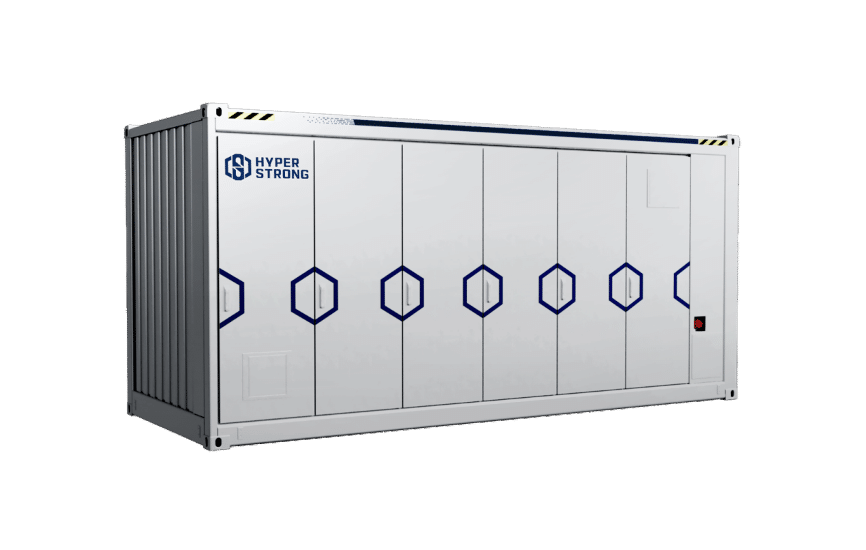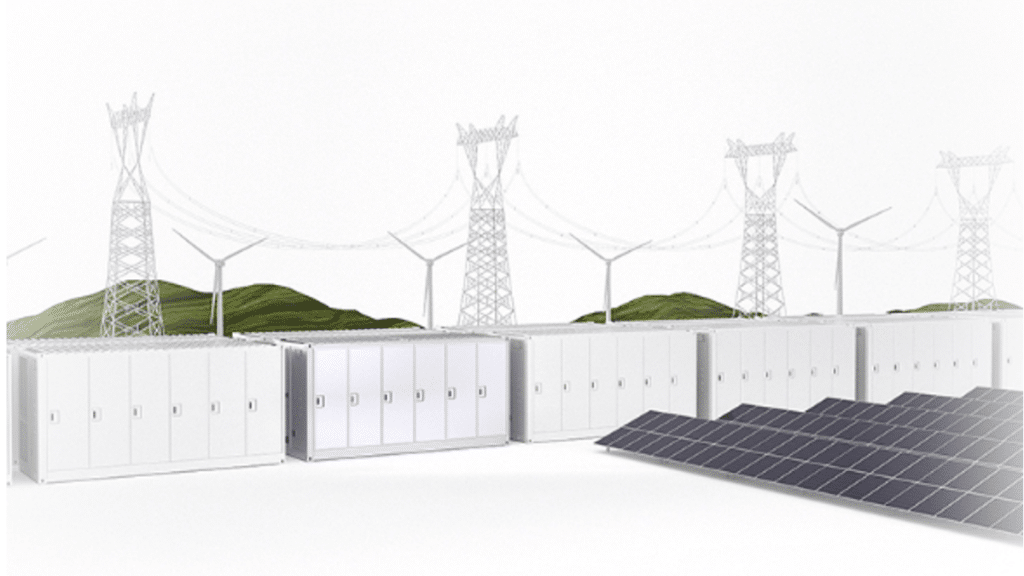Energy storage systems are essential in contemporary power systems, significantly facilitating the incorporation of renewable energy sources. The intermittent and variable nature of renewables, such as solar or wind, necessitates storage solutions to ensure a stable and reliable power supply. An energy storage system helps balance supply and demand, improves grid reliability, and facilitates the shift towards a more sustainable and robust energy framework. The most essential component is the power conversion system, which ensures that your appliances get the desired form of electricity. Let’s see what a power conversion system is and what makes it an important part of any energy storage infrastructure.
Understanding the Power Conversion System
The power conversion system can regulate the flow of electrical energy between different components within an energy storage system. It takes the raw energy stored in batteries and converts it into AC or DC. This conversion is vital for the energy to be used effectively by both consumers and the grid.
One of the most important technologies within the power conversion system is grid-forming technology. It allows the system to create a stable grid environment, even in the absence of a traditional power grid. Grid-forming technology is particularly important in off-grid scenarios or during power outages, where maintaining a stable and reliable power supply becomes even more critical.
Impact of Power Conversion System on Energy Storage System
● Improving Grid Stability
The power conversion system stabilizes the grid by managing the flow of energy between the grid and storage systems. This stability is essential for preventing blackouts and ensuring a consistent power supply.
● Promoting Renewable Energy Consumption
This system enables higher consumption of renewable energy sources by effectively converting and managing energy.
● Achieving Efficient Energy Management
It allows for precise control over energy flow so that energy is stored and utilized in the most efficient manner possible. This efficiency reduces energy waste and optimizes the overall performance of the energy storage system.
● Enhancing Power System Flexibility
The adaptability of the power conversion system enables power systems to respond quickly to changes in energy demand or supply and provides greater flexibility in managing energy resources.
Application of Power Conversion System in Energy Storage System
The applications of the power conversion system depend upon the specific needs and configurations of energy storage systems. Here’s a closer look at different scenarios:
1. Grid-Connected Mode
In this setup, the power conversion system is responsible for synchronizing the energy storage system with the power grid. This synchronization will make the seamless energy exchange between the storage system and the grid possible. It also helps with grid connection and stability by providing ancillary services such as voltage regulation and frequency control.
2. Off-Grid Mode
In off-grid applications, the power conversion system operates independently of the main power grid. In this arrangement, this system ensures that the energy storage system can supply power reliably and manage the balance between energy generation, storage, and consumption without the need for a traditional grid connection.
3. Hybrid Mode
The power conversion system in hybrid mode allows for a seamless transition between grid-connected and off-grid operation, depending on the availability of grid power and the status of the energy storage system. This flexibility improves the resilience of the energy system and optimizes the use of available resources. The hybrid mode is beneficial in areas with unreliable grid connections, where the system can switch to off-grid mode during outages and back to grid-connected mode when the grid is stable.
The Power Conversion System Market
● Market Status
The global market for power conversion systems is witnessing significant growth, with shipments reaching a new high. In 2023, its shipments soared to 89 GW, up from 55 GW in 2022. This substantial increase reflects a robust expansion in the industry. The market value of the global market was estimated at $7.3 billion in 2022 and is projected to increase to $8.2 billion in 2023, marking a growth rate of 12%. This growth is primarily driven by the surging demand for BESS (Battery Energy Storage System).
Geographically, the APAC (Asia-Pacific region) took the lead in power conversion system shipments, accounting for 49% of the total in 2023. This is attributed to substantial investments in renewable energy infrastructure and rapid industrialization, particularly in countries like China and India. The Americas follow with a significant share of 31%. However, when considering the power conversion system market by revenues, the EMEA (Europe, Middle East, and Africa) emerges as the largest, generating more than $3.2 billion in 2023. This is due to the higher selling prices in Europe compared to APAC and the Americas.
● Market Drivers and Challenges
Several factors are taking the power conversion system market forward. Policy support from governments worldwide is a significant driver as nations push for greener energy solutions to meet climate targets. Government subsidies, tax relief measures, and supportive regulatory structures are stimulating the uptake of energy storage systems, consequently spurring an increase in the demand.
Technological progress is another critical factor driving market growth. Advances in the power conversion system, such as improved efficiency, reduced costs, and enhanced grid compatibility, are making these systems more attractive to utilities and businesses alike.
However, the market has its challenges. The high cost remains a barrier. Additionally, the technical challenges associated with integrating a power conversion system into existing grid infrastructures can slow down adoption.
HyperStrong’s HyperBlock Series
The HyperBlock III is a top-tier energy storage system solution with 430kW of self-developed power conversion system. This system is designed to optimize both space and performance and integrates smart liquid-cooling design technology, which ensures consistent operation of the battery system throughout its lifecycle. Its intelligent thermal control strategies reduce auxiliary power consumption to make it a cost-effective choice for various energy applications. The system’s high energy density and integrated design significantly reduce the time and effort required for installation and commissioning. The top safety features of this liquid-cooling battery pack include multi-dimensional sensing and fire suppression systems and enhanced operational security.

Wrapping-Up
As a leading global commercial and industrial energy storage manufacturer with over 13 years of experience, HyperStrong has deployed more than 20GWh of energy storage across 300 projects. For those seeking cutting-edge energy storage and power conversion system solutions, HyperStrong invites you to explore their HyperBlock III energy storage system. Connect with their team of experts to discover how their advanced energy storage technologies can optimize your energy management strategies.
Reference
- Available at:
Power conversion system revenues to reach $12.7bn by 2029
